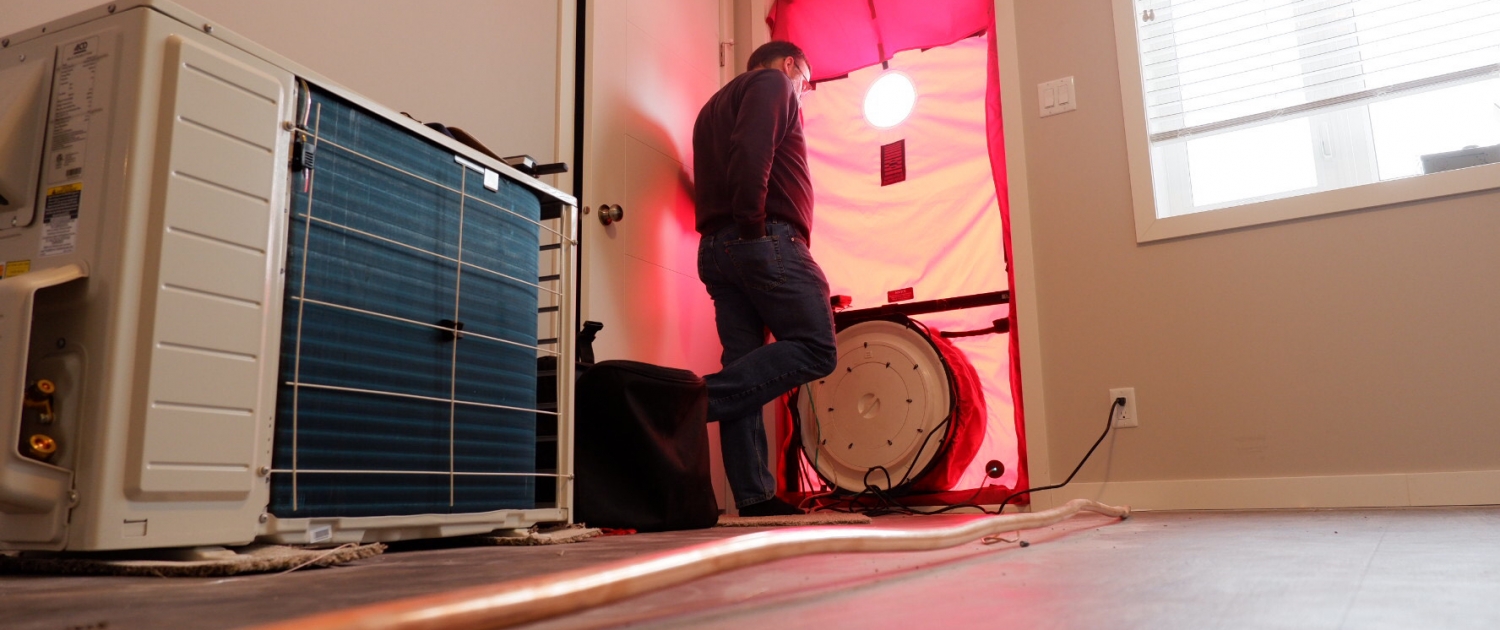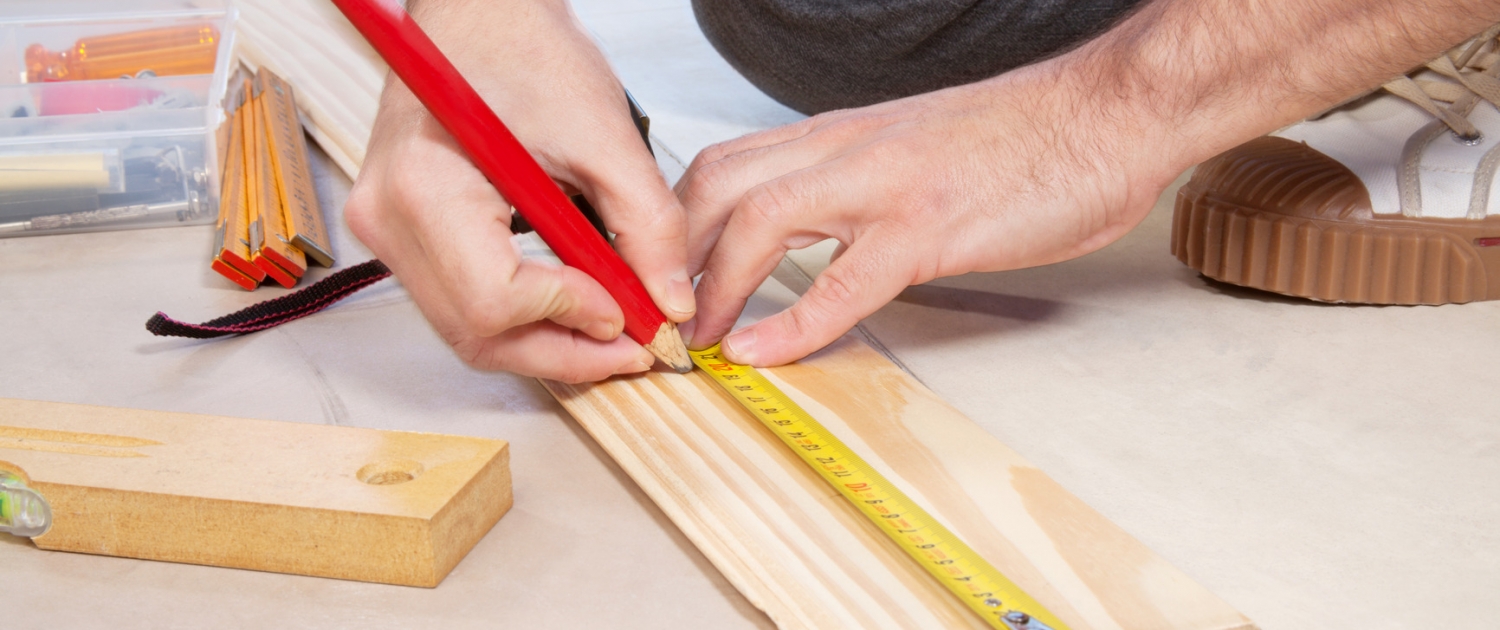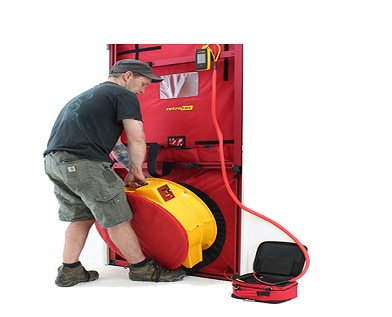Blower Entryway testing has been in need for a long time, yet with the reception of the 2015 IECC Private Energy Codes, it has become obligatory for the majority development projects in Colorado. Most as of late, the Denver Metro Region has taken on the new codes. At Scott Home Review, we have a few air spillage experts in our group prepared to assist you with meeting your structure necessities.
A blower door test is the best way to decide the air snugness of a home. This is estimated in Air Changes Each Hour (ACH), and meeting or surpassing 3 ACH is expected for all new development under 2015 IECC. This is the very thing that the 2015 Worldwide Energy Preservation Code states:
R402.4 Air spillage (Required)
R402.4 Air spillage (Required). The structure warm envelope will be built to restrict air spillage as per the necessities of Segments R402.4.1 through R402.4.4.
R402.4.1 Building warm envelope
R402.4.1 Building warm envelope. The structure warm envelope will agree with Areas R402.4.1.1 and R402.4.1.2. The fixing strategies between disparate materials will take into consideration differential development and withdrawal.
R402.4.1.2 Testing
R402.4.1.2 Testing. The structure or abiding unit will be tried and checked as having an air spillage rate not surpassing five air changes each hour in Environment Zones 1 and 2, and three air changes each hour in Environment Zones 3 through 8. Testing will be led as per ASTM E 779 or ASTM E 1827 and revealed at a tension of 0.2 inch w.g. (50 Pascals). Where expected by the code official, testing will be led by a supported outsider. A composed report of the consequences of the test will be endorsed by the party directing the test and gave to the code official. Testing will be performed whenever after making of all entrances of the structure warm envelope.
How a Blower Door Test Works
Air spillage testing or building warm envelope testing utilizes a blower entryway. Blower entryway test gear comprises of a fan, a flexible entryway block, a manometer, and hoses. The fan is set up in an entryway and fixed around the opening. Every one of the windows, entryways, pipes, and vents (where pertinent) are cut off or fixed during the test. The fan is run for a brief timeframe up to a certian pressure rating. At that tension, the manometer will gauge how much air traveling through the fan in cubic feet each moment. A straightforward computation with this number and the area of the home will give you the Air Changes Each Hour (ACH). This is the number that is expected under the energy code.
This basic test can require some investment, however it is extremely exact. Right now, the fan can stay running while the analyzer can visit the house and search for enormous holes.
Reasons For Air Leakage Testing
- The more impermeable a house is, the less energy will be expected to intensity and cool the home in the long haul.
- Recognize and fix stowed away air releases that would somehow not have been found.
- Test and recognize which building strategies are more hermetically sealed than others.
At Scott Home Investigation, we don’t simply play out a blower entryway test on the home. With our broad information on home frameworks, we can assist you with finding air breaks, and utilize our infrared cameras when required. Try not to allow different organizations to leave you think about where your air spills are and postponing your timetable! For a full rundown of our energy administrations,




